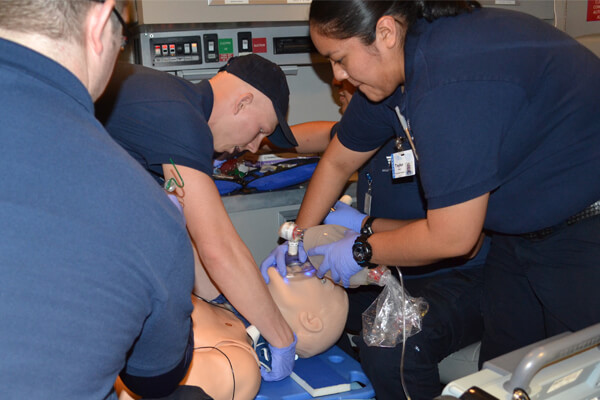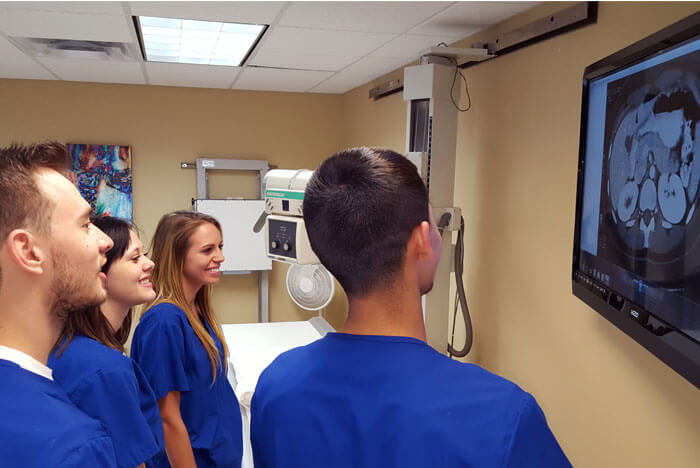Paramedics are the first responders to deliver critical medical and often life-saving care at scenes of accidents, disasters, or emergency health situations. They work long, physically demanding shifts in high-stress conditions, answering the call to action whenever it arises. They are some of the most depended-upon professionals in the community and healthcare industry.

In honor of National Emergency Services Week, we thought it would be fun to share some interesting facts about paramedics and EMTs who dedicate their lives every day to help others. After interviewing Scott Malone, Paramedic Program Director at the Mesa campus (program no longer offered at our Mesa campus), we learned some tidbits you might not know.
1. There is a difference between an EMT and a paramedic. “EMTs are relatively limited to basic life support, very few medications and being a first responder until advanced life support (paramedics) arrive,” Malone said. “For paramedics, not only do they have to go through our whole program and curriculum, they have to receive additional certifications in advanced cardiac life support, pediatric advanced life support, pre-hospital trauma life support and geriatric emergency services.”
2. Paramedics may work for private ambulance services, fire departments, hospitals or other rescue services. They can also have dual roles at fire stations where they’re a firefighter as well as a paramedic.
3. If the traditional 9 a.m. – 5 p.m. schedule isn’t your bag, this might be the job for you. Paramedics and EMTs can work 12-hour, 24-hour and depending on where they’re stationed, 48-hour shifts. “Your typical rotation, is that you’re on for 24 hours then you have 48 hours off and then go back to work,” Malone said. “There are exceptions to that depending on where you work. There’s also 48 hour shifts, then you’re off for 96 hours.”
4. The education is rigorous. To be a paramedic, you have to be a certified EMT first, nationally or state registered. Once accepted into the Paramedic program it’s an additional 15 months of training and education.
5. The reward with EMS is not found in “getting the glory”. “The service above self is the most rewarding,” Malone said. “The reward really is to intervene when people need help. It’s when we are anonymously able to go in and save the day and sneak away.”
Are you considering a career as a paramedic? If so, the Paramedic Program at our Las Vegas campus has classes starting soon. Visit pmi.edu for more information.



